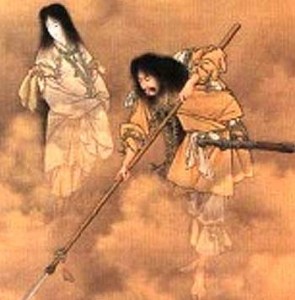 Shinto is the native spiritual system of Japan that we see in various anime and other shows. Also known as kami-no-michi, Shinto is associated with shrines dedicated to various purposes such as war memorials, harvest festivals, love, and others. This article gives a quick overview of Shinto.
Shinto is the native spiritual system of Japan that we see in various anime and other shows. Also known as kami-no-michi, Shinto is associated with shrines dedicated to various purposes such as war memorials, harvest festivals, love, and others. This article gives a quick overview of Shinto.
Many Japanese practice Shinto rituals and also practice Buddhist ancestor veneration. There isn’t a conflict. In fact, many life events are handled by Shinto and afterlife/death events are handled by Buddhism.
In Shinto, it is said that Izonagi-no-Mikoto and Izanami-no-Mikoto were asked by the other gods to create a new land. They stirred the water with a spear; the water that dripped from the end created an island. They lived on the island and eventually had 8 children: the 8 islands of the Japanese archipelago.
Shinto teaches that all things have akami, or spirit. Certain places are set apart so people andkamimay interact. These areas are were shrines are built. They house thekami.
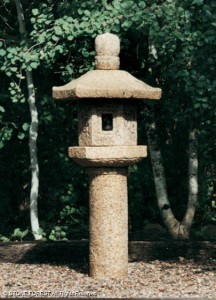
Shinto also teaches that some actions can make a person impure. A person should want to be cleansed of this impurity to improve their peace of mind and fortune. Purity rites are done daily, weekly, seasonally, annually or lunarly. These rituals are what defines Shinto. Cars, buildings, and more may be blessed and purified.
Water is an important element in purification. Reciting prayers while using water is done daily, and one can always stand beneath a waterfall. The practice is pretty stereotypical to our Western movie eyes.
In Shinto Japanese legends a person goes to yomi, a gloomy underworld where a river separates the living from the dead. Some legends include a heaven-like area. Shinto generally is negative in its view of death and corpses.
The clapping we see in anime and live action when a person enters into a shrine is part of the ritual of praying at a shrine. Anyone can visit a shrine as long as respect is shown.
Shinto amulets and protective items are also common.Protective items include ema, small wooden plaques with wishes written on them. These are left at shrines so the wish may be granted.Ofuda are talismans given out by the shrines. Names of kami are written on them and are used for protection. Omamori are personal protection amulets sold at shrines. Used to ward off bad luck, gain better health, good driving, and other things, these amulets have deep roots in Buddhism. Other Buddhist elements are also a part of modern Shinto.
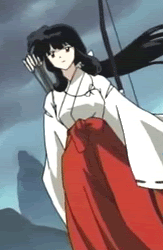
Shinto legends and stories are where most of the monsters and oddities in anime comes from. Shinto is rich in folklore, myths, and legends. Think of Inuyasha, for example. Shinto has a deep respect for nature.
Buddhism is also another branch of legend that anime and entertainment draws from. Shinto and Buddhism have grown together in many regards and adapted myths from each other.
Shinto is thought to be an evolution of Ko-Shinto, the tradition of the hunter-gatherer people that lived in Japan 10,000 years ago.
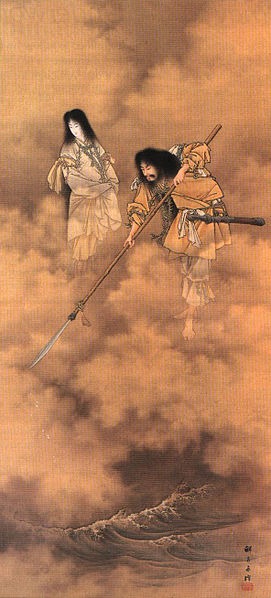
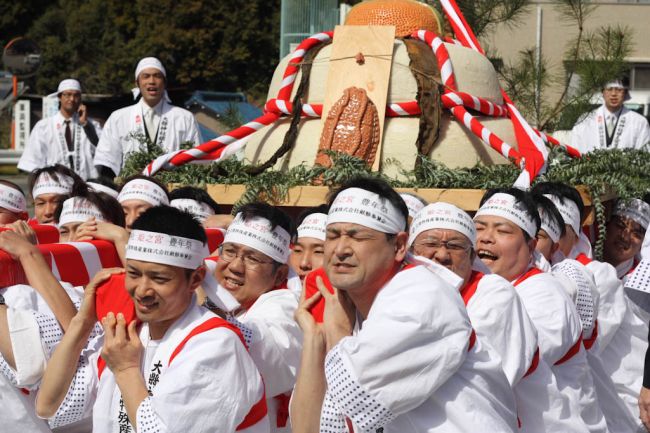
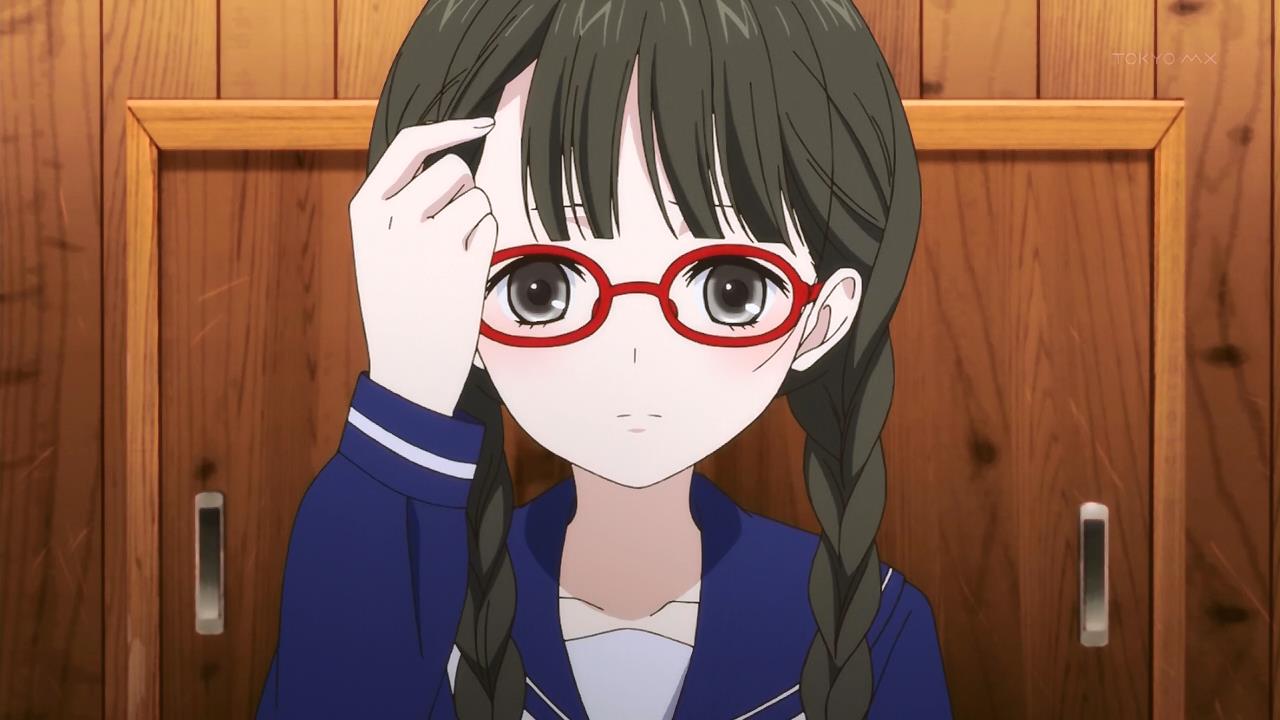
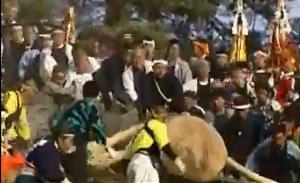
Great article. Very informative about Shinto and interesting too!
Thank you! Shinto reminds me more of Native American’s belief system than any other. They often believed spirits inhabited every aspect of earth. Therefore everything is sacred and should be respected. It isn’t a bad idea.